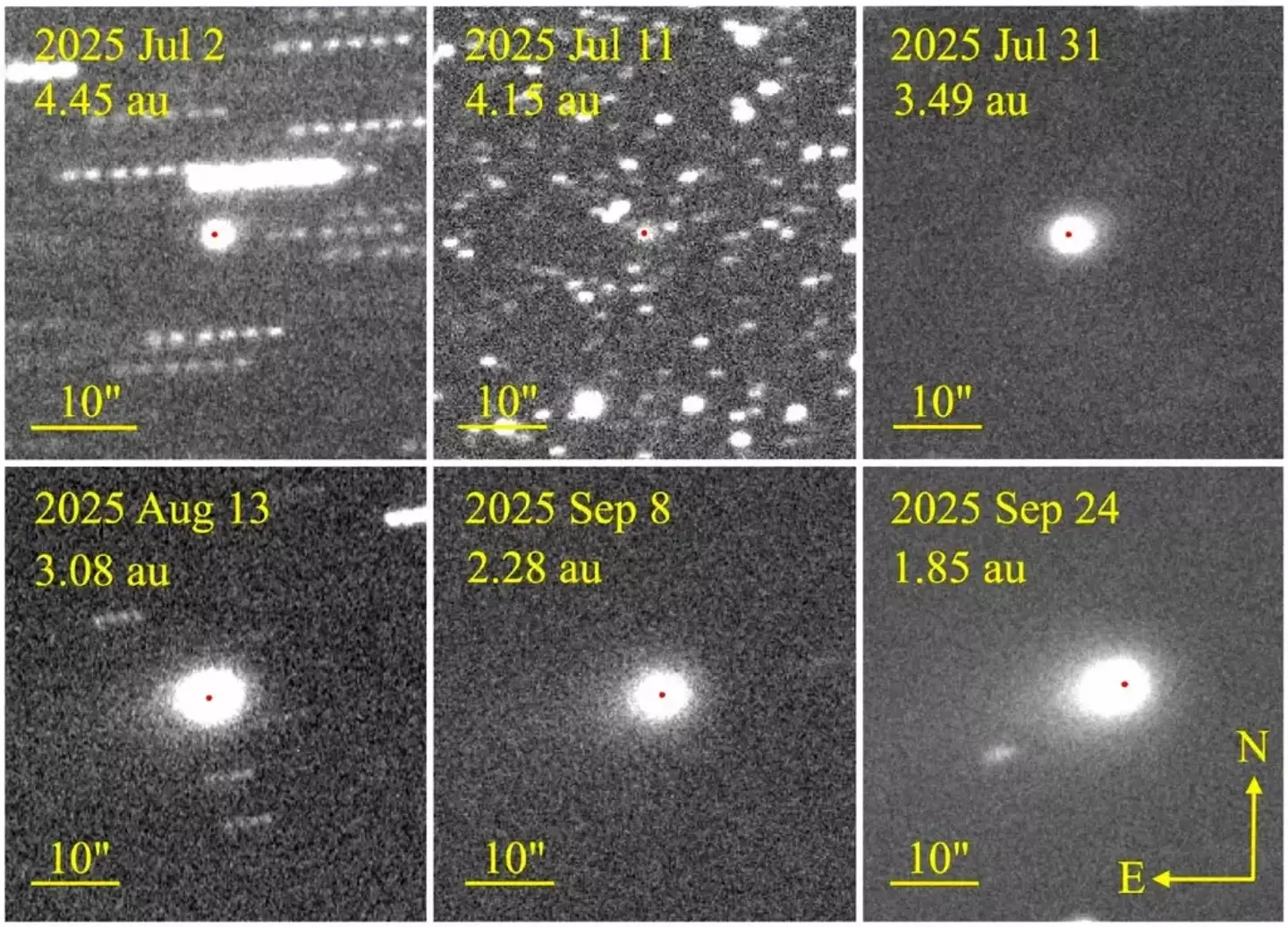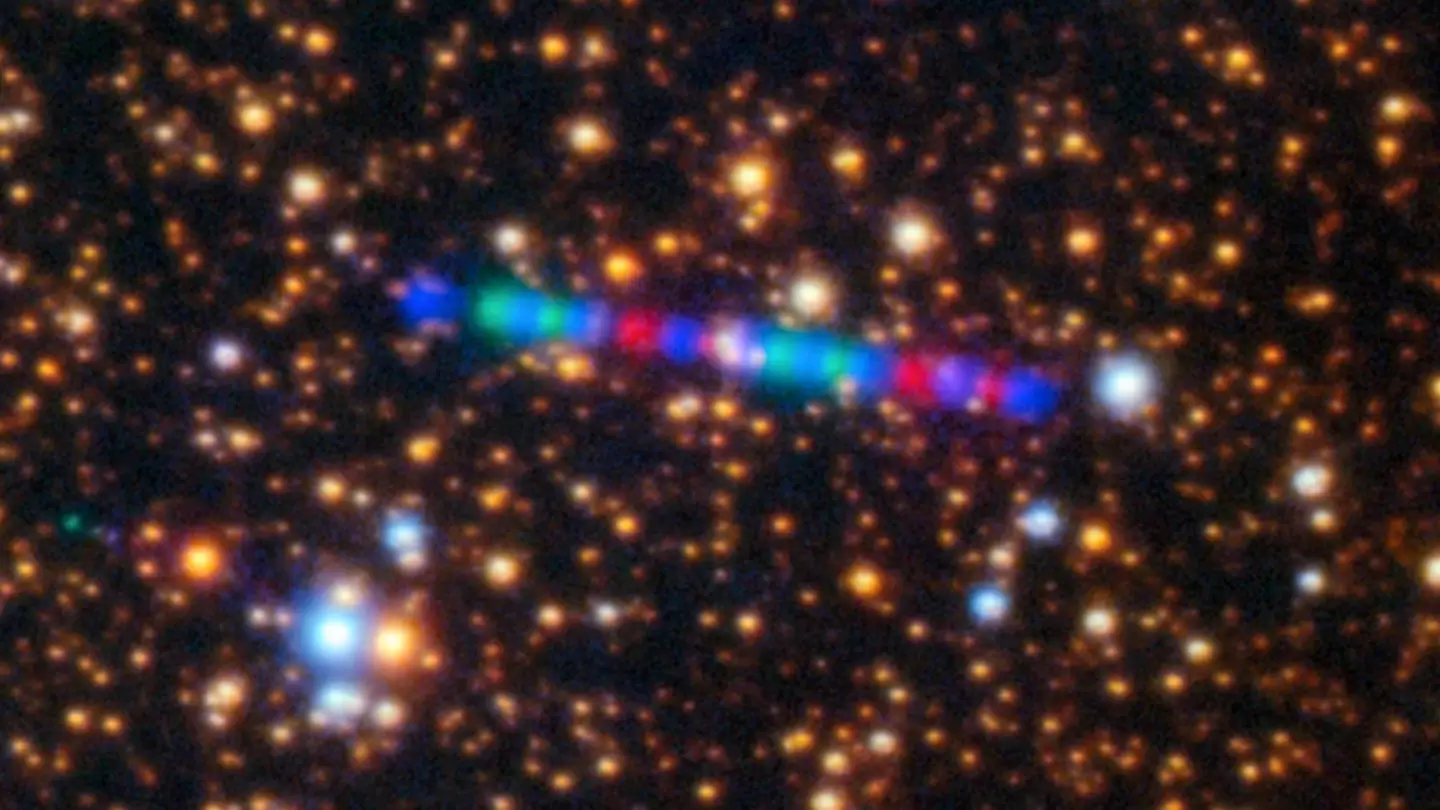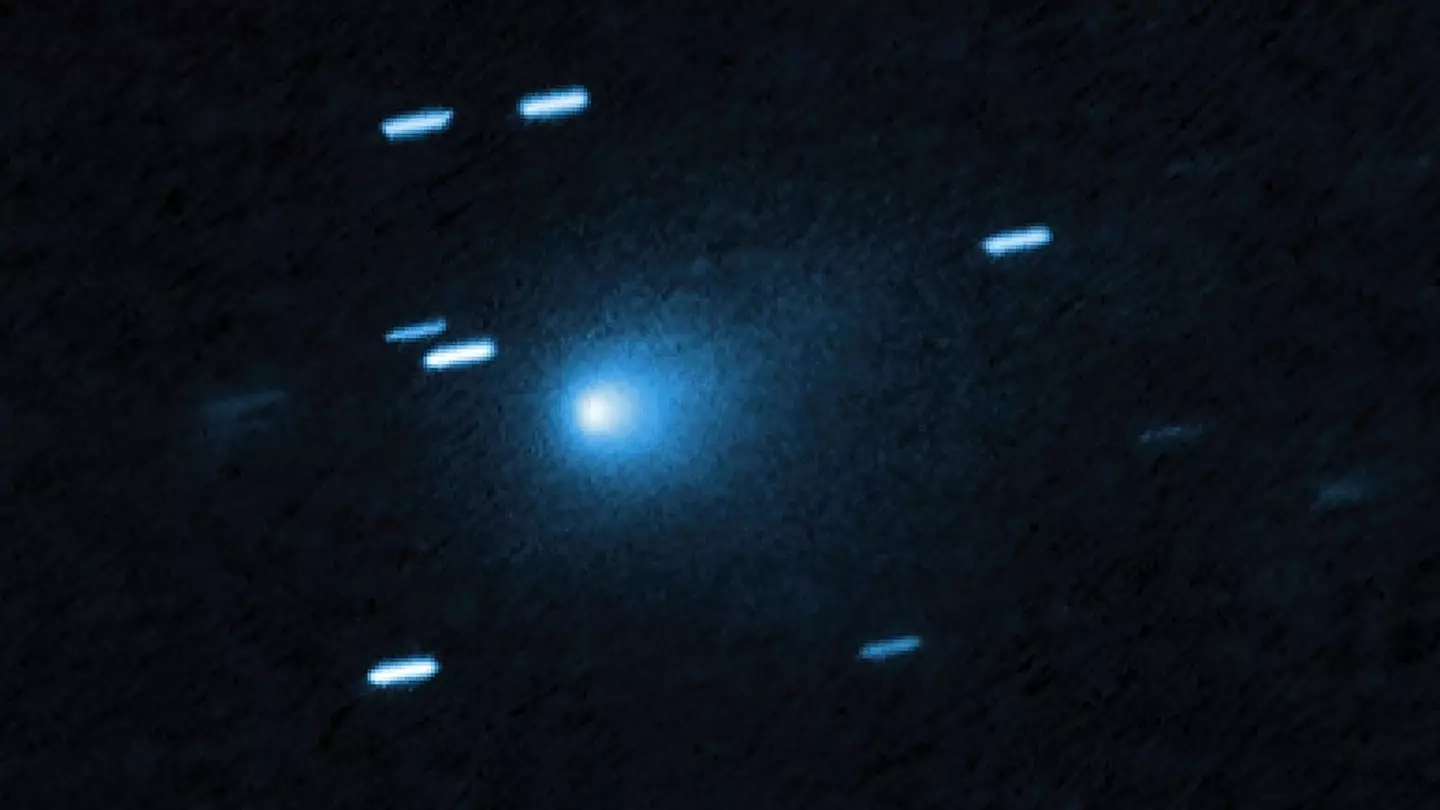A Harvard physicist has identified ten unusual characteristics of the space object 3I/ATLAS. This enigmatic object, moving rapidly through space, was initially detected by a NASA-funded telescope in July.
Recently, the object passed its nearest point to the Sun, maintaining a distance of approximately 210 million kilometers. On December 19, it will be at its closest to Earth, although it will still be about 270 million kilometers away, posing no immediate threat to us.
Previously, Avi Loeb, a scientist, had expressed concerns that 3I/ATLAS might be ‘possibly hostile’ due to its potential to cause disruption on Earth. In a recent blog post, Loeb outlined the ten unusual behaviors exhibited by 3I/ATLAS.
Interestingly, Loeb also extended an invitation to Kim Kardashian to become involved in the investigation of this space object after she publicly questioned the authenticity of the 1969 moon landing.

One of the notable deviations is the object’s unusual orbit around the Sun. It moves in a retrograde path compared to other planets, yet its trajectory remains closely aligned, within about 5 degrees, to the ecliptic, the flat plane where planets orbit. Loeb suggests this alignment has only a 0.2% chance of occurring by pure chance.
Between July and August, 3I/ATLAS exhibited a ‘jet’ or streak of gas and dust directed toward the Sun, known as an anti-tail. Typically, comet tails are oriented away from the Sun due to the influence of sunlight and solar wind. Loeb asserts that this phenomenon is not merely an optical illusion from our vantage point.
The nucleus of 3I/ATLAS is estimated to be about a million times heavier than ʻOumuamua and a thousand times heavier than Borisov, the only other documented interstellar objects. Despite this, it moves faster than both, with Loeb estimating a less than 0.1% chance of this combination occurring naturally.
The object’s trajectory brought it unexpectedly close to Venus, Mars, and Jupiter, and when it reached its closest point to the Sun, it was obscured from Earth’s view because it was positioned behind the Sun. Loeb describes this as ‘fine-tuned,’ with only a 0.005 percent probability of such timing happening by accident.

An analysis of the object’s gas reveals an unusual nickel-to-iron ratio, as most natural materials contain more iron. Loeb points out that this ratio is similar to that found in industrial nickel alloys, and the nickel-to-cyanide gas ratio is significantly higher than in any known comet.
Only about four percent of the gas emitted by 3I/ATLAS is water, whereas comets are usually composed predominantly of ice. Instead, 3I/ATLAS releases carbon dioxide and other gases, indicating it may have formed in a different environment or be composed of different materials.
The light from 3I/ATLAS exhibits an unusual polarization pattern called extremely ‘negative polarization,’ which has not been observed in any other comet, including interstellar Borisov. Loeb estimates the likelihood of this occurrence is under one percent.
The direction from which 3I/ATLAS approached aligns within roughly 9 degrees of the origin of the famous 1977 ‘Wow! Signal,’ a mysterious radio signal. Loeb suggests this alignment would happen by chance only 0.6 percent of the time.

As 3I/ATLAS approached the Sun, it brightened unexpectedly and appeared bluer than the Sun, a rarity since comets generally exhibit yellowish or reddish hues.
Loeb noted that 3I/ATLAS shows ‘non-gravitational acceleration,’ necessitating significant evaporation of its mass. However, telescopic observations have yet to provide clear evidence of this mass loss.
Researchers continue to closely monitor 3I/ATLAS. NASA has classified the object as an interstellar comet and assures that it poses no danger to Earth. “Comet 3I/ATLAS poses no threat to Earth and will remain far away,” the US space agency confirmed.

